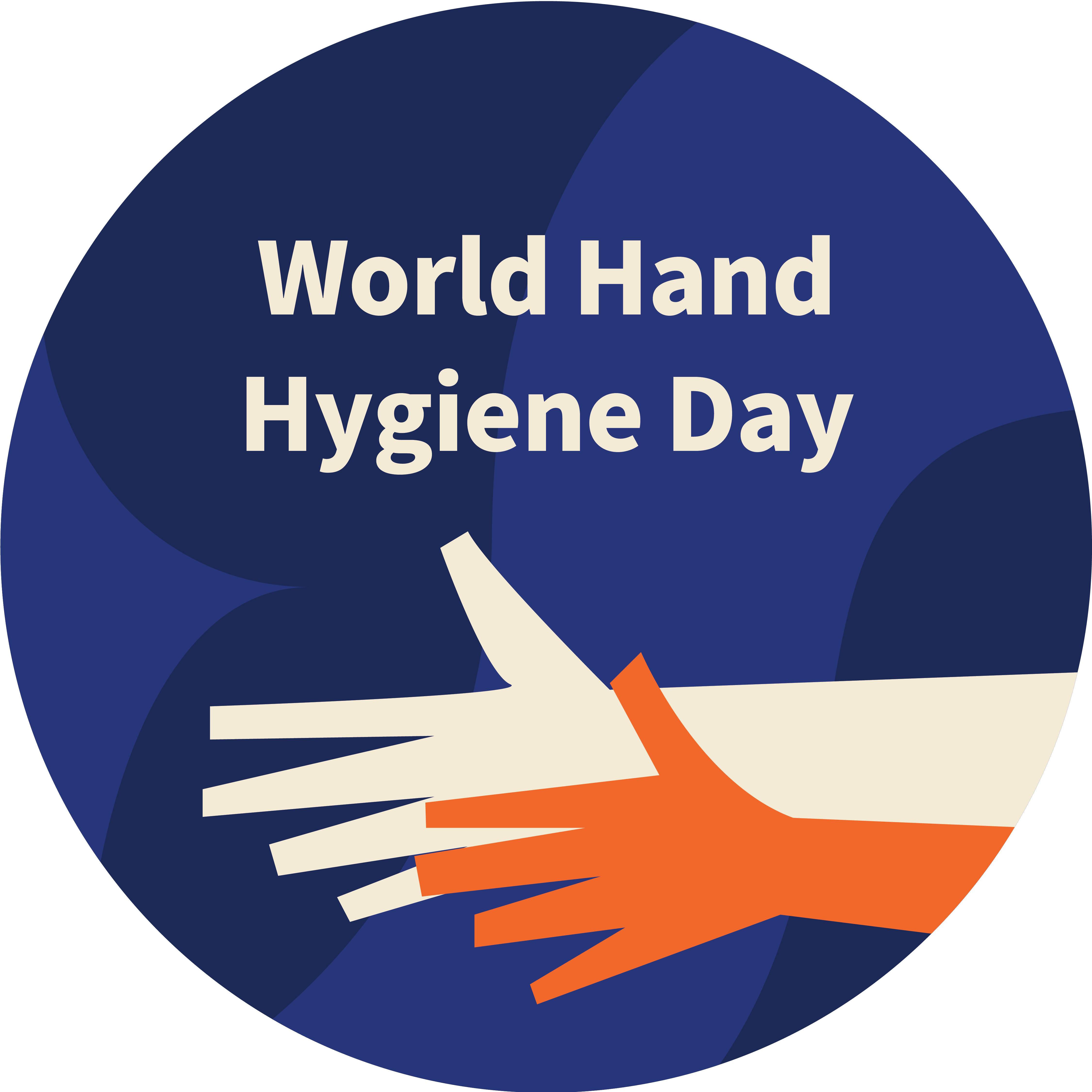Cefazolin restriction and a guideline to improve the use of antimicrobials for prevention of surgical site infection
DOI:
https://doi.org/10.3396/ijic.v11i2.13818Abstract
The aim of this study was to determine the effectiveness of an intervention (a guideline distribution associated with the restriction of the use of cefazolin) in order to improve the use of antimicrobials in the prevention of surgical site infection (SSI). The design of the study was a prospective one, before-after intervention. It was conducted at the Clinical Hospital of the Federal University of Uberlândia, a teaching institution with 510 beds. Two interventions were effected: a guideline for antimicrobial prevention of SSI was made available; and also the use of cefazolin was restricted. The suitability of the indication and of the prescribed antibiotic, and also the time of its use were evaluated in the prevention of SSI. This study was divided into three periods: I - baseline data collection; II - data collection after creation and availability of the guideline; III - data collection during cefazolin restriction period. The indication of prevention of SSI was considered adequate in the three collection periods. In the orthopaedic trauma ward, the choice of the antibiotics was considered adequate in the three periods. In the general surgery ward however, it was adequate in 20%, 63.9% and 61.5% of cases in periods I, II and III, respectively. The length of time for antimicrobial prevention was considered adequate in 23% in period I; 46.15% in period II and 82.46% in period III. In conclusion, educational, but especially administrative interventions can increase the adequacy of the use of an antimicrobial in surgical infection prevention.Downloads
Downloads
Published
How to Cite
Issue
Section
License
Authors retain copyright of their work, with first publication rights granted to IJIC. Read the full Copyright- and Licensing Statement.




